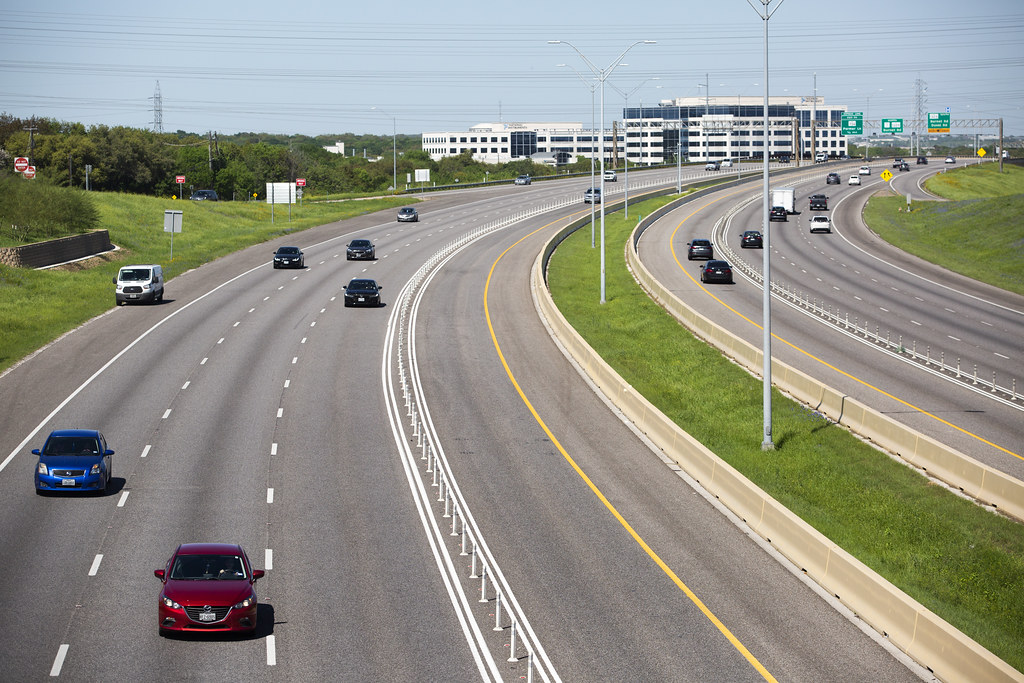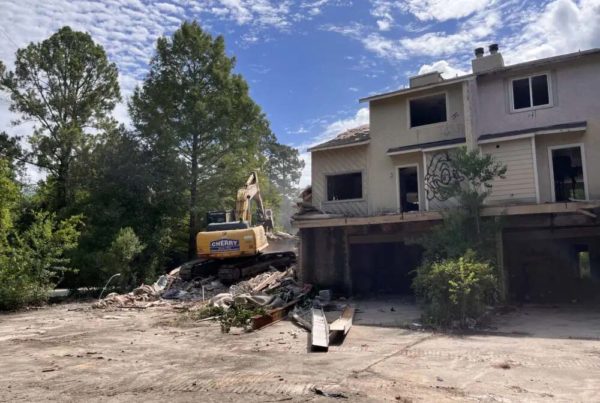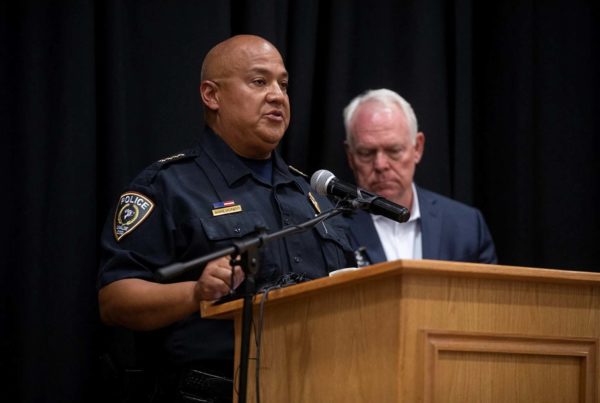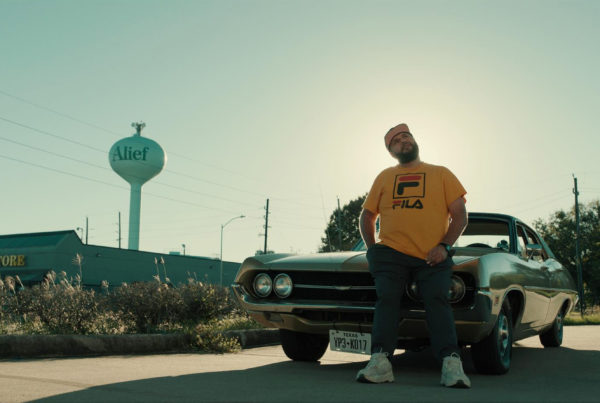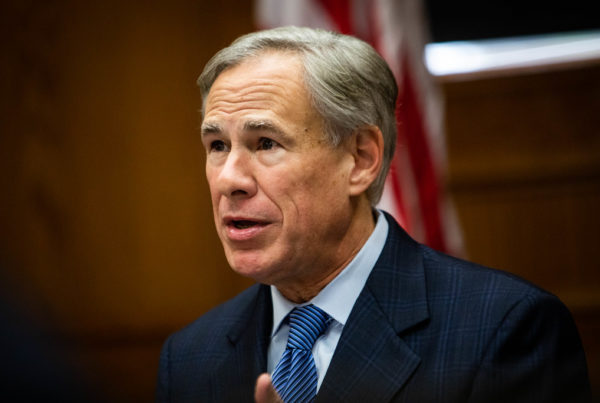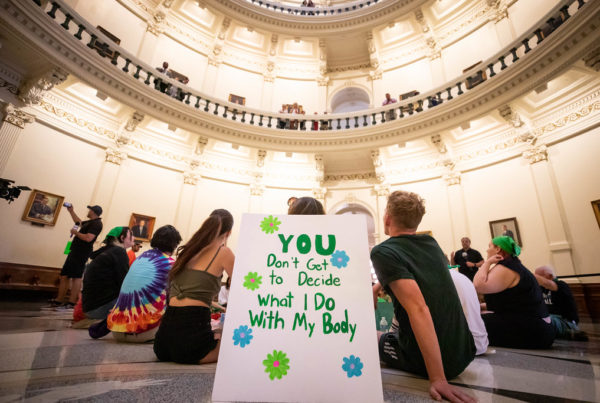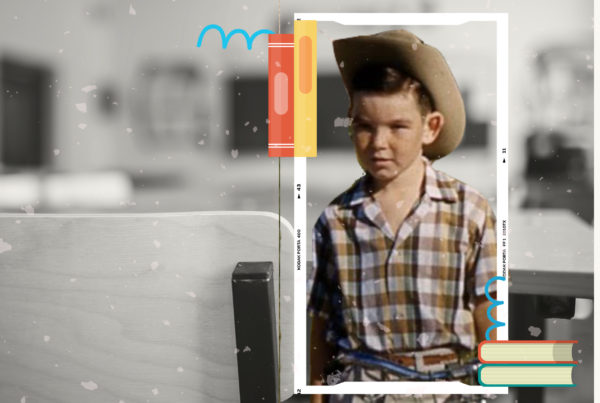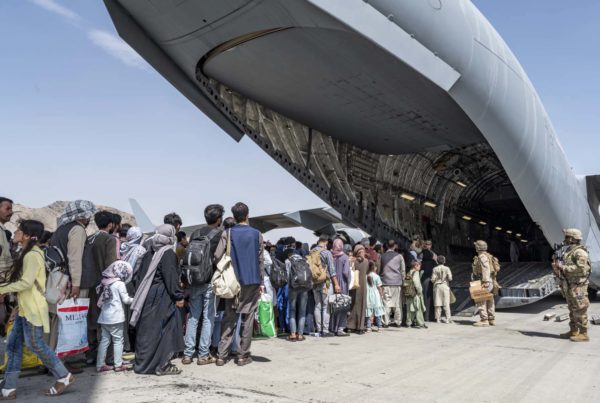For the first three months of 2022, the United States saw 9,560 traffic deaths, setting a 20-year high, according to the National Highway Traffic Safety Administration.
Of those deaths, 1,014 took place in Texas, marking a 5.6% increase since last year.
The latest figures build on a trend that started in 2020 alongside the start of the coronavirus pandemic. Many public officials and advocates have explained the rise in deaths on people’s behavior – increased stress around the economic and societal uncertainty as a factor in people getting into accidents – and have responded by trying to increase awareness and double down on enforcement for things like speeding.
Chuck Marohn, a land use planner, engineer and founder of the urban planning think tank Strong Towns, thinks the narrative around increased fatalities is wrong and argues the issue comes down to road design.
“As overall driving levels have returned to normal, crashes and fatality rates have remained shockingly high,” he writes. “These results are not explainable by any theory of traffic safety being used by modern transportation professionals.” Marohn joined the Texas Standard to share more.
This transcript has been edited lightly for clarity:
Texas Standard: Lots of officials are pointing to human behavior as a cause of these deaths. You have some questions about road design as a potentially bigger factor. Why do you say that?
Chuck Marohn: Well, first of all, I think the idea that humans are broken is one of those easy excuses that people have used throughout all of human history to explain bad behavior or bad outcomes. I think we are in many ways broken, but I don’t think we’re uniquely so. The idea that somehow we’re crazy today and five years ago we were sane and that is causing us to drive like maniacs, I think is just the system trying to search for an excuse instead of looking inward.
But what’s changed in five years with the infrastructure that is the road design?
Yeah, that’s an easy one. It’s actually not what’s changed over the last five years as much as what’s changed over the last 30. If you look at historic rates of traffic fatalities, they’ve been slowly creeping down. If you talk to engineers and other professionals, they’ll say, well, it’s because we’ve been doing all these safety things: We’ve been building more stuff and spending more money on engineers and spending more money on design. And boy, we’re just getting really good at it. But the reality is what’s happened is that the roads have actually become more congested. They slowly, slowly, slowly become more congested.
And what happens when you’re in a congested roadway is you can’t really drive all that fast. You can’t kill somebody in front of you when you’re parked behind them, not able to move. And so congestion has actually had the effect of reducing fatalities. Pandemic happens: You remove the congestion, people are able to drive the full speed that the roadway has created. And what happens is that the danger, dangerous design of the roadway is actually revealed and all of a sudden deaths spike way up.
We’re still seeing that because traffic patterns have not returned to normal. Yes, the overall volume of traffic is getting close to normal or close to what it was before the pandemic. But because people are working from home, because there’s a lot more flexibility in the day, peak congestion is way down. We’re seeing the traffic spread out over a longer period of time. And essentially what you have is a lot of people driving in very unsafe conditions, conditions that are unsafe essentially by design.
Are they? I guess I’m trying to connect the dots between driving in unsafe conditions versus driving unsafely no matter the condition, right? I mean, what about the design is causing this to to be the case that is leading to these large numbers?
Well, let’s go back to your statement there. Driving unsafely under any condition, what does it mean to drive unsafely? And I think, you know, primarily we can say maybe it means speeding, right. People are driving faster than the speed limit, so it makes things unsafe. If you look at the design theory that engineers use to design roads, essentially you are looking at a theory of buffering – the bigger buffers we can give people, the more chance they have to recover from unforeseen circumstances. That’s the theory of safety that the current design practice has.
And so the way that manifests on the road is if we if we can give you a wider lane, we give you more buffer room, if we can give you a bigger recovery area on the side, wider shoulders, we give you more recovery room. If we create a clear zone, if we move the buildings way back and remove all the trees and get everything away from the side of the road, then if you go off the road, you’re not going to hit things. And that is, by standard orthodoxy, safer. Here’s what also happens with that standard orthodoxy: If you give people a ton of room, they drive faster; they drive faster because they’ve got more room to work.
And human beings are not deviant. We’re not like evil, awful people because we speed. We actually have been put in an environment that says “go ahead and drive fast. We’ve taken care of all the problems.” And so what engineers are not doing is respecting and understanding human psychology. And there’s some irony now that the traffic safety people are trying to blame human psychology for the problem. They actually have induced the problem by ignoring human psychology.


